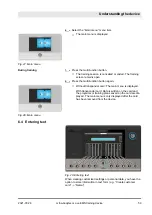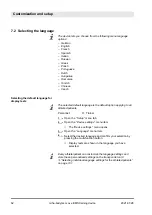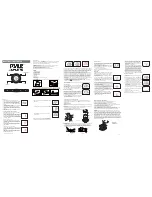
5
Basic information on EMS training
5.1 Safety first
Fig. 18: Control unit 0 position
Safety and controlled training take priority over experimentation
and hurried and uncontrolled increase of the stress parameters.
For every training session, start at “0” with the stress for the main
level and then increase slowly using the main controller.
5.2 EMS training
EMS stands for
E
lectro
M
yo
S
timulation. This means the muscles
are stimulated by electrical pulses. Complete body training which
addresses all muscle groups is possible with up to 8 pairs of elec-
trodes.
During conventional training, the muscles are controlled via elec-
trical signals from the brain to initiate a contraction and thus move-
ment of the muscles. With EMS, electrical pulses from outside acti-
vate the muscles. It makes no difference to the muscle whether
electrical stimulations are sent from the brain or from electrodes: It
reacts by contracting!
Special features and benefits:
n
All muscle groups can be activated using an electrode system
with up to 10 pairs of electrodes.
n
Static and dynamic training with interaction of deliberate muscle
contraction and EMS.
n
Exercise postures increase the contraction of the deliberately
stimulated muscles.
n
Positive and negative electrodes are not on the same muscle.
n
Agonist and antagonist are stimulated simultaneously.
n
EMS training can cause more intense muscle contractions than
classic strength training. At the same time, there is compara-
tively very little stress on the joints.
Increasing loads slowly
What is EMS training?
Basic information on EMS training
2021-07-28
miha-bodytec m.ove EMS training device
48
















































